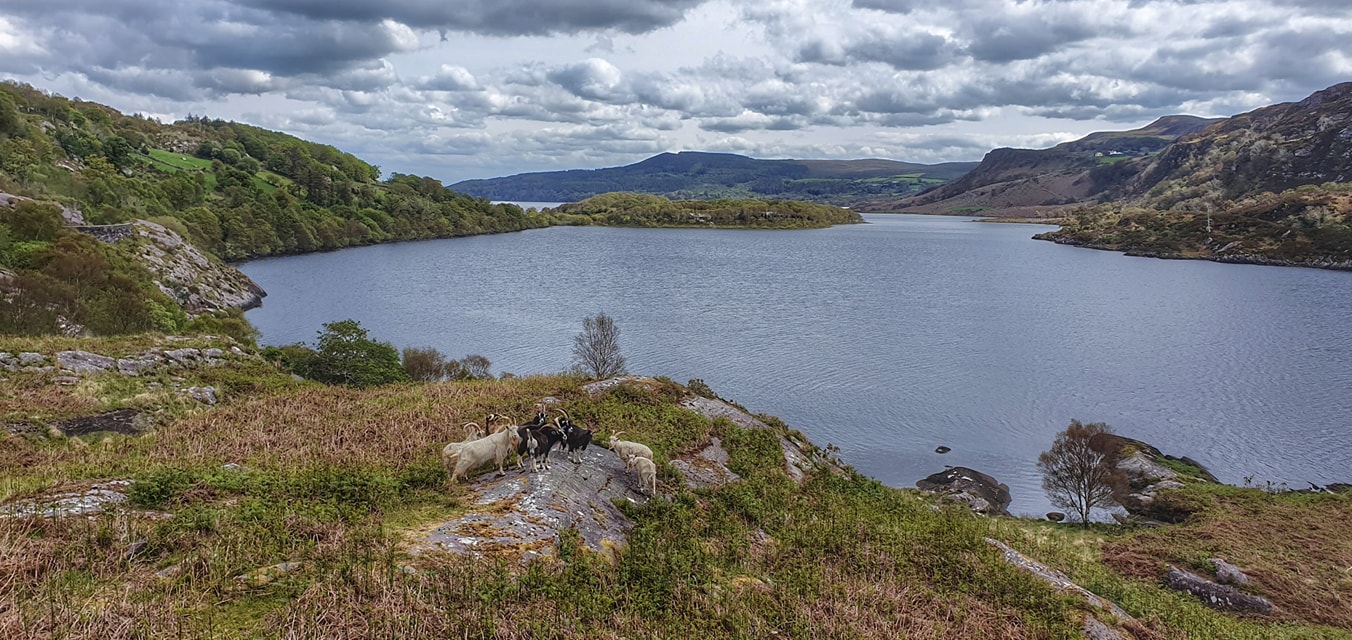
Chris Grayson’s Killorglin
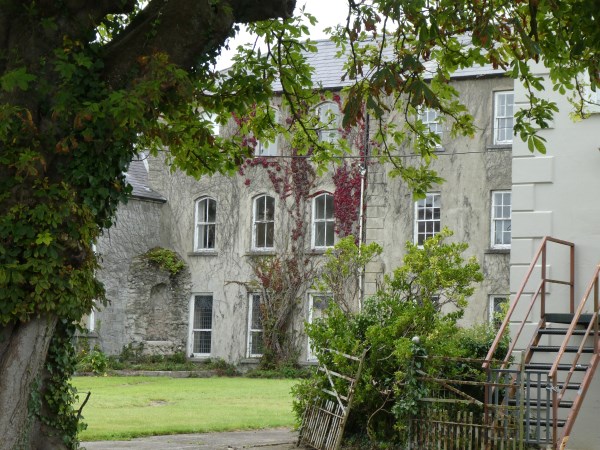
Old photo of Presentation Convent, Listowel
<<<<<<<
Preparing for Culture Night 2019
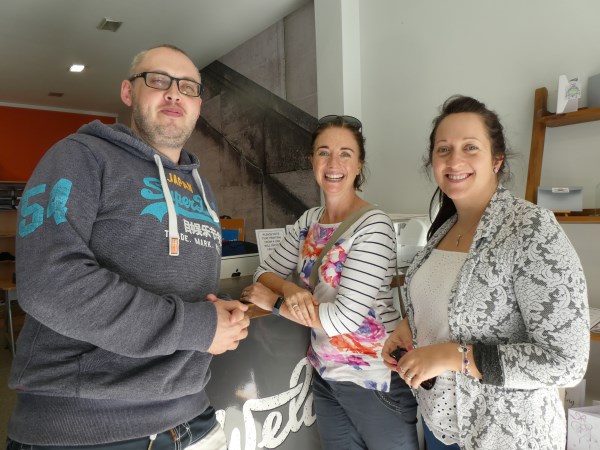
Paul Shannon, Sinead McDonnell and Aimee Keane
<<<<<<<<<
Mike O’Donnell’s Covid 19 Sketches
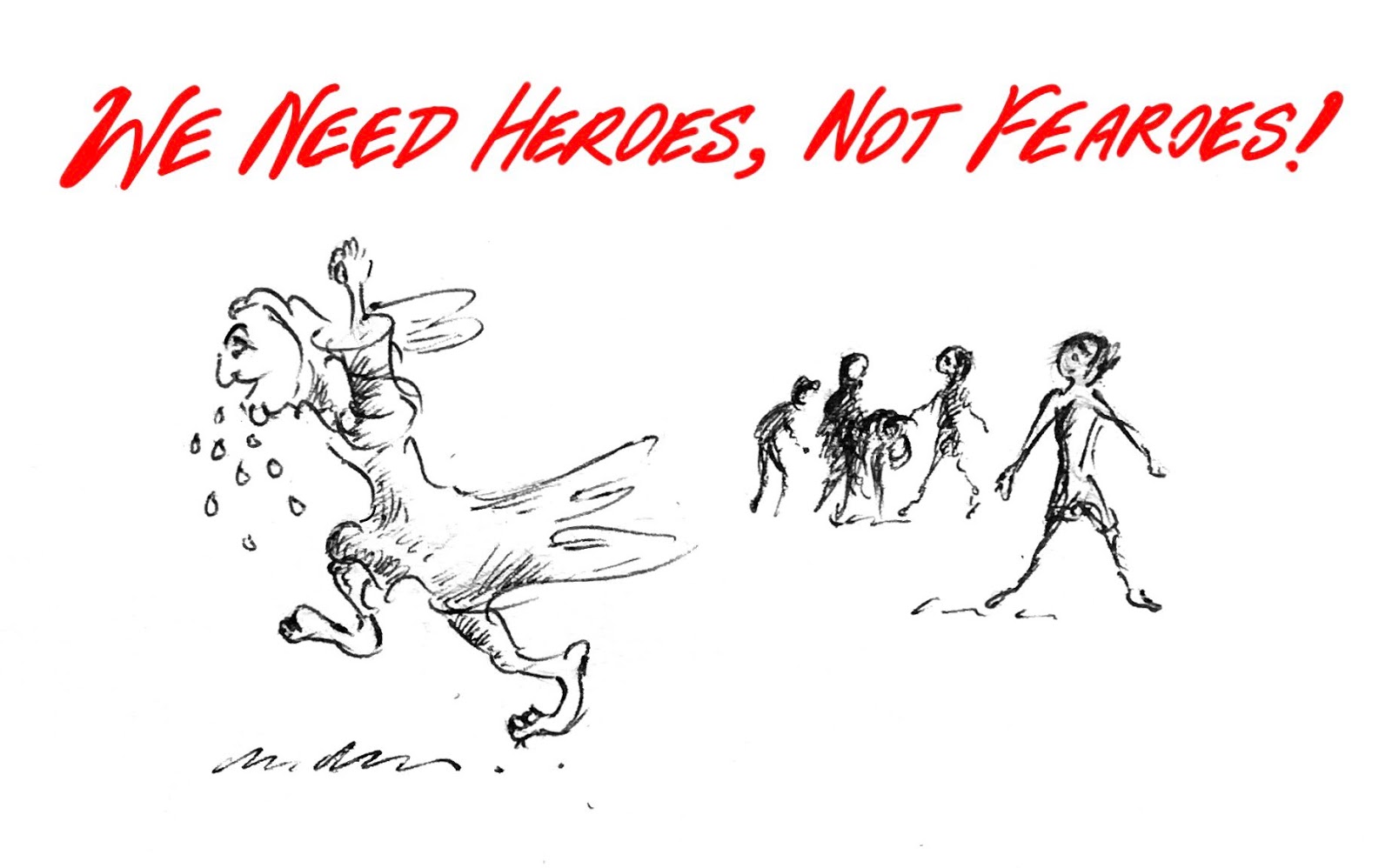


<<<<<<<<<<
A Young Fred Chute and Friends
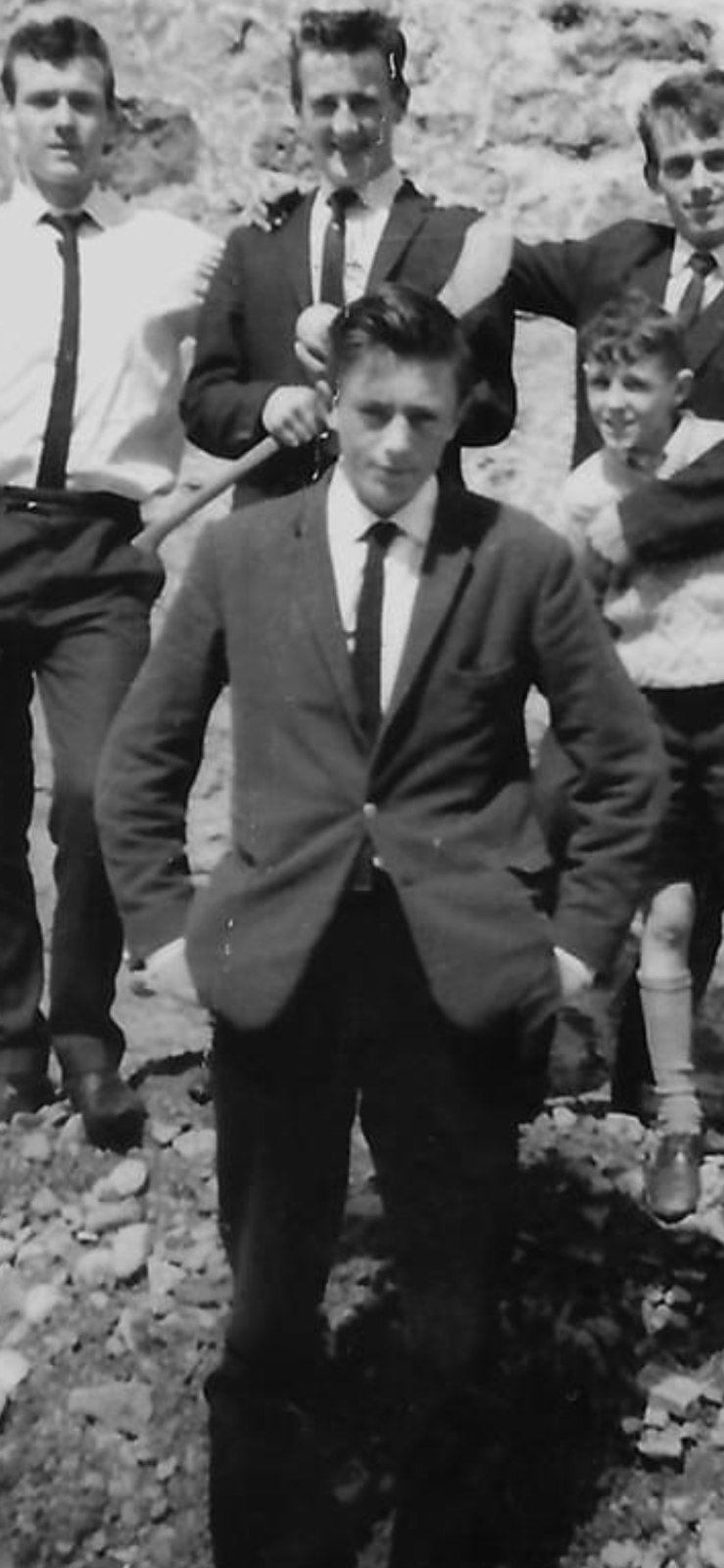
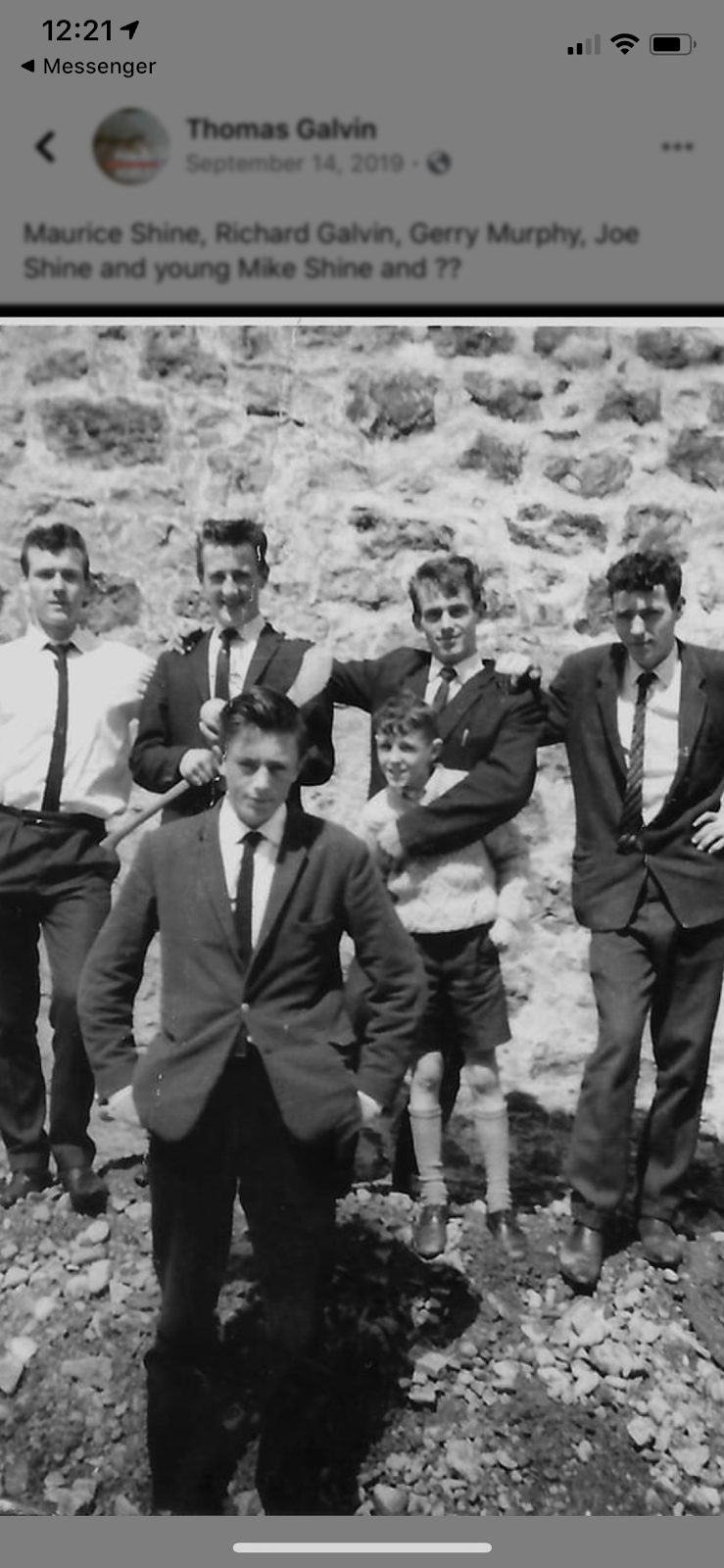
Thank you, Elizabeth O’Carroll for the photographs.
<<<<<<<<<<
Lord Ormathwaite, a murder and the land war
The murder of a ‘land-grabber’ and the Land War in Kerry. By Mark Holan
A thunderstorm swept across Pittsburgh in the early morning hours of Aug. 22, 1923. Winds gusted to 35 miles per hour and dropped the temperature to 51 degrees before daybreak. The thermometer barely had reached 60 degrees as Nora Foran Scanlon set off for a notary’s office about a mile from her apartment in one of the city’s Irish enclaves.
It’s likely she was wearing her best Sunday morning dress as a sign of respect to the notary and in memory of her late father. Her purse would have been stuffed to bursting with letters and documents related to rectifying what she attested to the notary had been a “violation of justice” 35 years earlier along a rural road in County Kerry. Her sworn affidavit told the story: “My father held an evicted farm in the vicinity of Listowel, Coolaclarig. He was boycotted to the meanest extreme and finally shot to death.”
The murder of John Foran was one of over 100 killings associated with the Land War.
Nearly 100 agrarian murders occurred in Ireland from the start of the Land War in 1879 through the conclusion of the Parliamentary special commission on “Parnellism and Crime.” This story explores the viciousness of the period by looking at the case of one family. The murder of boycotted farmer John Foran caught the attention of newspapers and Parliament and echoed up to the founding of the Irish Free State.
The Foran family and 19th century Listowel
Nora Foran had grown up near the North Kerry market town of Listowel, about eight miles southeast of where the River Shannon empties into the Atlantic. Knocanore Hill, an 880-foot summit isolated from Kerry’s taller southern mountain ranges, is another area landmark. Then, as today, the district is dominated by farms and bogs.
The Foran family were from Listowel, north Kerry, where they farmed a 150 acre lease in the Tullamore townland.
Nora’s father, John Foran, had grown up there, too. He’d been in his early twenties when a potato blight and English indifference triggered Ireland’s Great Famine. He’d seen widespread starvation and death as Kerry’s population plummeted 18 percent between 1841–1851.
Property records for 1851 show John Foran (either Nora’s father or his father) was farming a 150-acre lease in Tullamore townland, about five miles north of Listowel on the east side of Knocanore. Foran leased the land from John Benn-Walsh’s estate of nearly 9,000 acres, which had been acquired from the 3rd Earl of Kerry in the early 1770s. The estate included another 2,200 acres in neighboring County Cork and holdings in England and Wales.
Benn-Walsh was a British politician and the first Lord Ormathwaite—taking the name from his County Cumberland property in northwest England. His North Kerry estate was larger than most, but dwarfed by a handful of others. Foran’s farm was among 1,900 acres in Galey civil parish, where Ormathwaite maintained his mansion Tullamore House and a smaller residence called Duagh Glebe, a few miles east of Listowel.
The Foran’s farm was a large sub-lease within the 1,900 acre estate of Lord Ormathwaite.
Omathwaite considered his purchase of Coolaclarig opposite Tullamore to be “a very good investment,” according to his surviving journals. In 1858 he hired George Sandes as local agent for his properties. Sandes was a North Kerry native and lawyer, but the agent position made him very unpopular among the locals……..
You can read the rest of Mark Horan’s account of the story HERE
<<<<<<<<
Another Covid 19 Isolation Poem
Róisín Meaney
I ate my way through last week,
As I waited for covid to peak
I must try harder
To bypass the larder,
Or I’ll never regain my physique.
